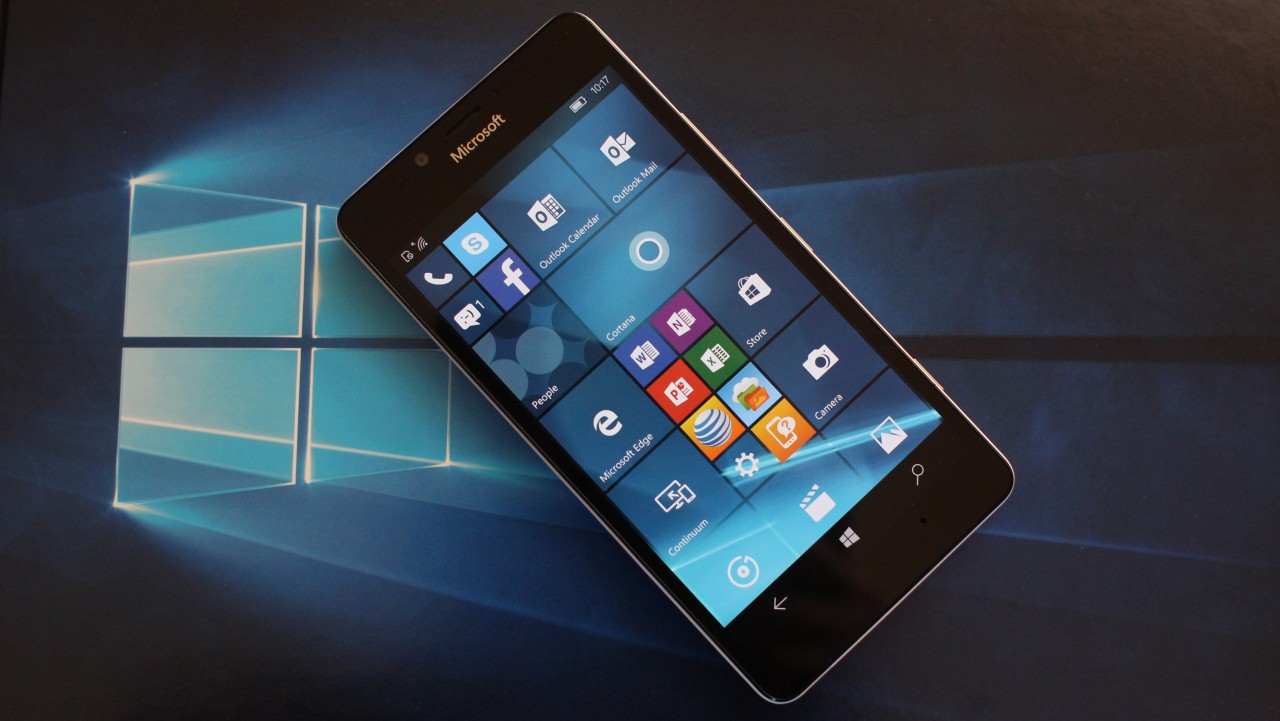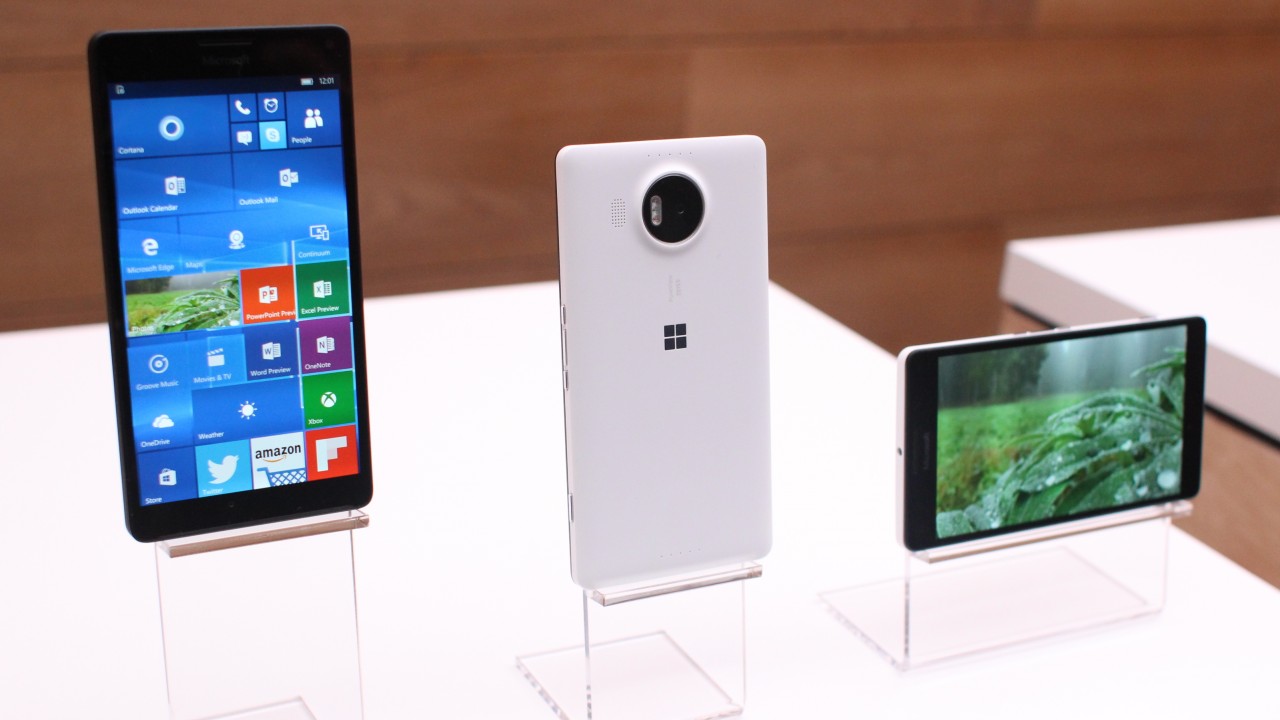Windows Phone’s Downward Spiral Reaches The Bottom

When Microsoft announced Windows Phone 7, the company held a funeral for the iPhone on its campus, a bold statement but one that would foretell it’s own demise, rather than that of Apple’s. During the company’s second quarter, calendar year fourth quarter, phone revenue decreased $1.2 billion as the company only sold 4.5 million Lumias, a year ago for the same period, they sold 10.5 million devices.
For the past year or so, it has become clear that Microsoft has entered a phase where it will only do the bare minimum to keep its phone operating system alive and will not spend a dollar more than necessary. The sales figures for its Lumia smartphones tell the story of how the company is shifting its priorities (they have said they will be releasing fewer devices) and are now prioritizing other platforms like iOS and Android.
The Lumia 950 was a high-end phone that was too little, too late. It was met with mediocre reviews because the operating system had not mastered today’s basic functionality requirements and stability remains a big problem. And, in the US, it was only offered on one carrier, AT&T, which severely restricted who could buy the phone.
But the company distancing itself from Windows 10 Mobile is much more apparent than sales coming up short. Microsoft is now focusing on Android and iOS with the company regularly releasing apps for those platforms ahead of its own mobile operating system and they are also bringing the best features from its mobile OS, like the Word Flow Keyboard, to iOS and Android.
 If dreadful sales, porting features to iOS and Android, and releasing new apps for other platforms first wasn’t a clear sign that the company is moving away from Windows 10 Mobile, Microsoft has laid-off the majority of the employees who it acquired in the Nokia acquisition and also wrote-down all of those assets as well.
If dreadful sales, porting features to iOS and Android, and releasing new apps for other platforms first wasn’t a clear sign that the company is moving away from Windows 10 Mobile, Microsoft has laid-off the majority of the employees who it acquired in the Nokia acquisition and also wrote-down all of those assets as well.
When Nadella took over the role as CEO, it was often wondered if he would have bought the Lumia assets from Nokia. Seeing how he has evolved the strategy of the Lumia devices, it has become clear that he would not have acquired the business unit.
This shift in strategy is also of concern to corporate customers who may have been exploring the idea of deploying Windows phones on their network. While the OS will integrate well with Windows 10 and the ecosystem, with less attention being given to the platform, trusting that your investment will be met with the support that you need becomes questionable. As the company has already shown that it has given priority to other operating systems, running Windows 10 Mobile means you accept that you will not get new features or apps first.
I don’t believe that Microsoft will ever fully kill-off its mobile operating system but that they will only provide limited resources to the operation as it’s a black hole where money goes to vaporize. But, because the next generation of devices, those that are fully-fledged computers in your pocket (Continuum is the start of this shift), will eventually arrive, the company needs to be in a position where it can leverage its mobile assets when the timing is right.
For this generation of smartphones, Microsoft will continue to sit on the sidelines. While many have placed hope that a Surface phone will be the savior of the platform, it’s very likely too little too late.



